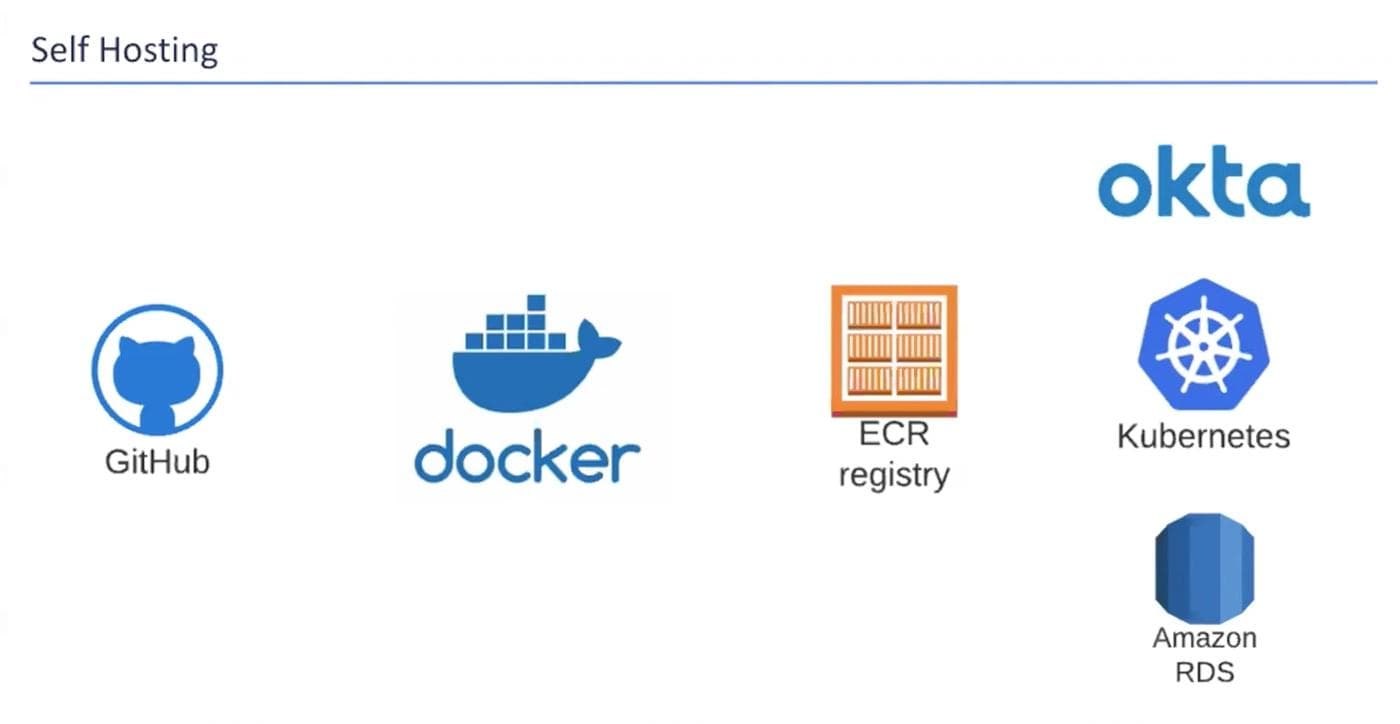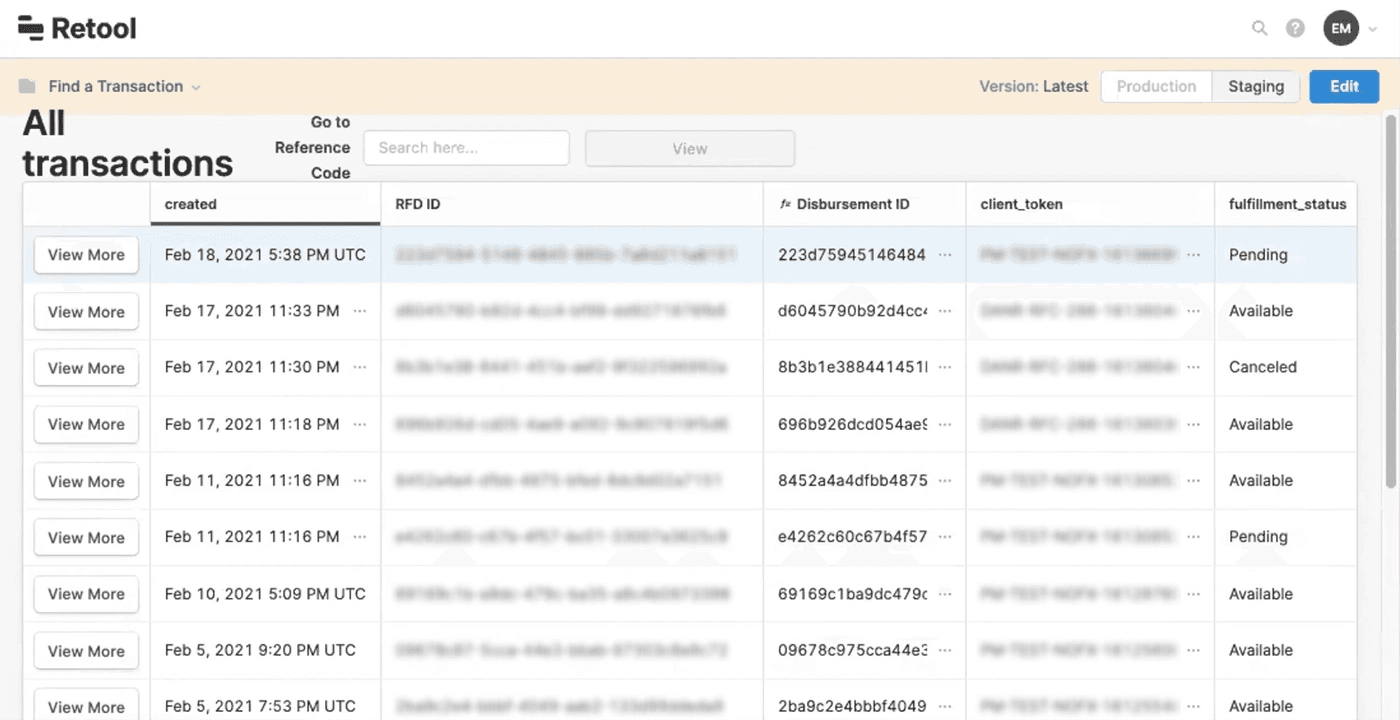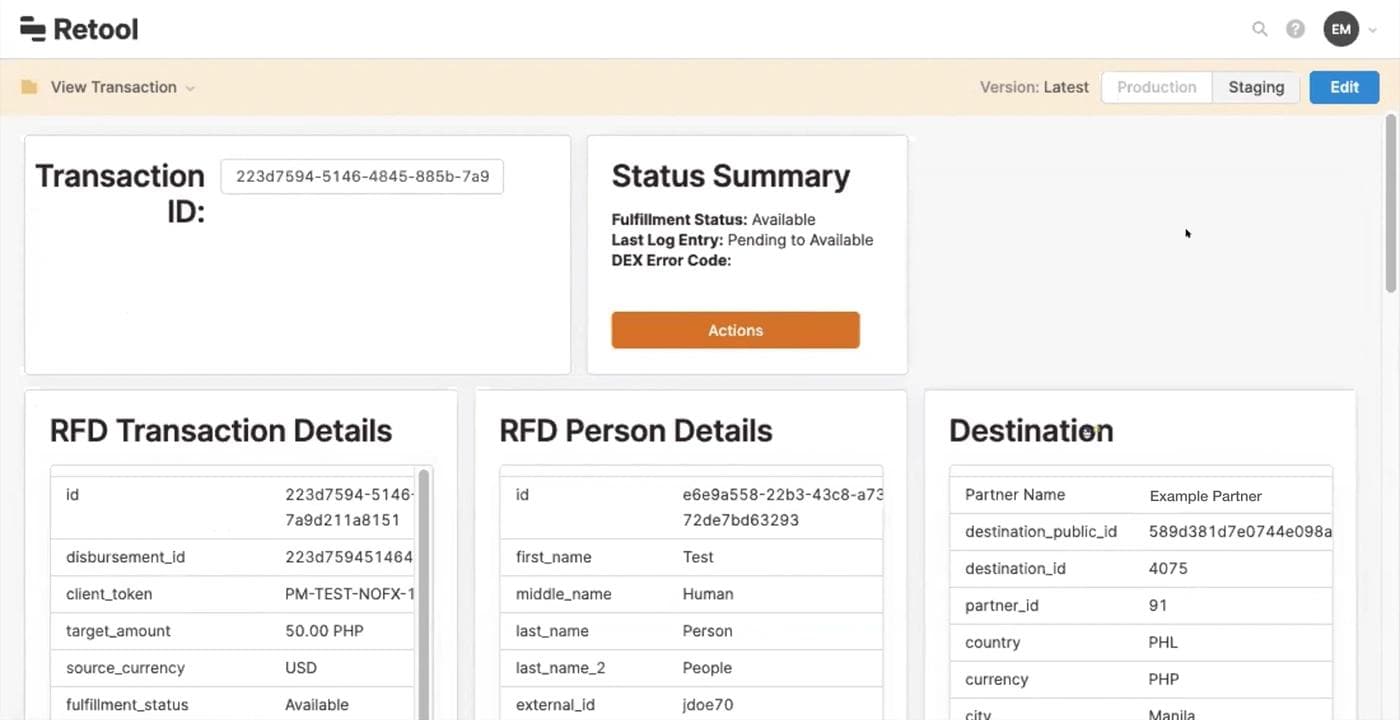In 2018, over $500 billion in remittances were sent across the globe. For individuals working abroad, sending remittances (monetary gifts) back to their home country is often a critical support for their families—covering the costs of rent, food, schooling, and medical needs. That’s where Remitly comes in: it’s a global consumer payments platform that simplifies the process of sending money home.
“We need to have the best internal tools so that our customers can get their money where it’s needed most,” explains Karim Bhalwani, the company’s Head of Go-To-Market. Karim helps Remitly get its products to customers faster—a lot of which comes down to internal efficiency.
One such product is Remitly for Developers, a new enterprise API solution that enables developers to easily build international money movement capabilities into their apps. Karim’s partner on the development side is Ellen Musick, a Senior Software Engineer.
Here’s a look at how Ellen built the internal tools to help get Remitly for Developers to market faster and allowed customer success to support users as they navigate the new product line.
In order to make Remitly for Developers a success—especially in the early days of the product—customer-facing teams needed to be ready to help developers navigate the new offering. “Our customer success agents needed information and tools to support developers and companies who would be embedding Remitly into their apps,” explains Ellen.
But when they started to build Remitly for Developers, Ellen discovered that their toolbox was lacking: “We needed a way to build customer success tools in order to empower our customer facing teams to effectively troubleshoot issues that came up,” she says.
Their immediate need was for a workflow that would allow customer success agents to respond to partner errors on a transaction with confidence and speed. Remitly’s partners are the banks and cash pickup locations all over the world that Remitly sends funds to, and there are a lot of them—which means there’s a whole lot of data, too.
Sometimes there are errors in transactions—a partner might require more information before fulfilling a transaction, for example. Errors are escalated to a customer success agent to troubleshoot and fix, but without the tools to access partner information and solve customer issues, the team was stuck. “That meant delays in delivering funds to those who need them,” Ellen explains.
At first, Ellen didn’t know how to tackle this need. “I wondered how we’d go from no tools to quickly getting a key workflow for customer success up and running—but then we found Retool,” she says.
Her first goal was simple: get Retool set up. Since Remitly’s data includes sensitive financial information—and customer security is of utmost importance to Remitly—Ellen chose to self-host Retool in their own VPC to make development faster and create a secure environment to connect their internal database.
Here’s what their Retool development lifecycle looks like:

- On-premise deployment: Retool is self-hosted on their Kubernetes cluster
- Store Retool config in a GitHub repository for local development: When they want to make changes in their Retool app, they run the Docker container locally and make changes in the UI—which updates the Retool configuration files
- Merge it to the main branch: Each merge is packaged into a container and published to their container registry, after which, they can deploy the application to a Kubernetes cluster
In order to get it all up and running, Ellen also had to set up a couple of other things:
- A Postgres database for Retool to store additional information
- SSO so that Retool only allows SSO signups from Remitly’s domain
Because the entire process of setting up Retool followed the same pattern as the other applications that Remitly uses, onboarding other developers on her team was quick and easy. To get Retool rolled out, Ellen relied heavily on documentation. “The documentation on environment variables was super helpful to understand all of the different configuration options available,” she says.
Once I got the application deployed, it only took about five minutes to connect to a Dynamo database and build a page that shows recent transactions.”
With Retool fully deployed, Ellen got to work building a dashboard where agents can look up transactions and troubleshoot errors.
Using Retool, when customer success gets a call from a customer or partner about an issue, they can now look it up by reference code or use Retool’s built-in filter functionality to search by another identifying field.

When Ellen launched the first Retool dashboard, it opened the floodgates—customer success agents wanted more information displayed, which Retool made easy for her to do. “We’ve gradually tweaked the page to make sure it shows the necessary information and displays it in a way that's meaningful for our agents,” she says. “For example, we use the built-in date and time columns to make the customer’s time zone explicit at a glance.”
Once Retool was deployed and agents had a way to look up transactions, they added a page that allows agents to actually troubleshoot the partner errors.

Now agents can see who the partner was for the transaction, look up the error in the knowledge base, and use that information to start taking actions—all in one view.
“Not only does Retool help us provide better customer and partner experiences, it’s also been instrumental in getting us to market faster,” explains Karim. By building tools for teams to support emerging products, the company can move more quickly towards their mission.
What’s more, Retool encourages constant improvement for the team and provides customer support with the tools they need. “Retool has provided us with a great springboard from which to build more tools for our customer success team,” Ellen says.
Ultimately, Retool enables Remitly to provide better customer support and improve their customers’ ability to remit payments home. Remitly’s Retool dashboard helps them ensure that their customers’ transactions ultimately reach their recipients securely and with less friction—which could mean the difference between feeding a family, going to school, or paying rent.
To hear more from Karim and Ellen, as well as other SaaS experts from Segment, Neo4j, LeadGenius, and Botkeeper, check out our SaaS Lightning Demo.
See how to build faster financial operations like Plaid, Brex, and Coinbase.
Reader



